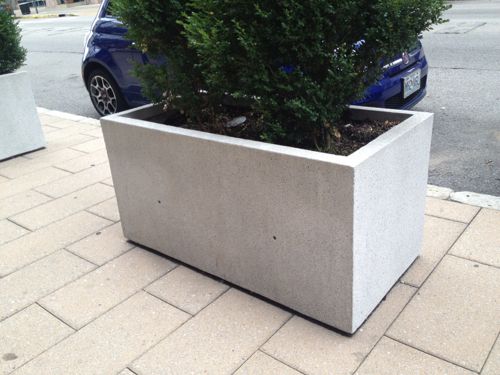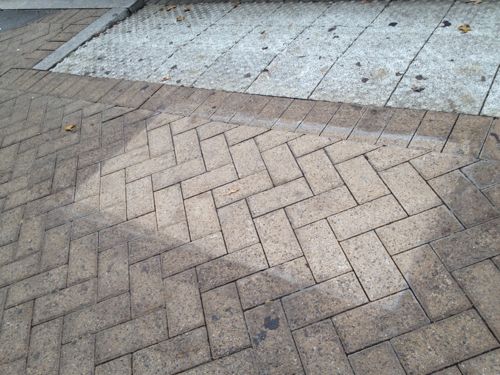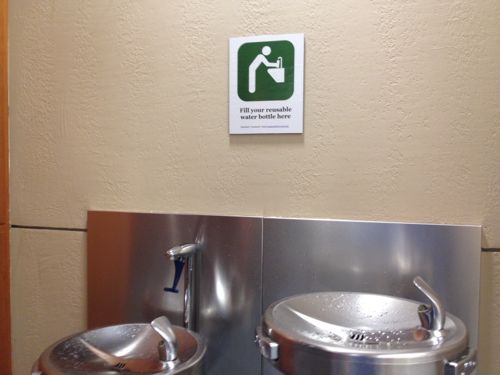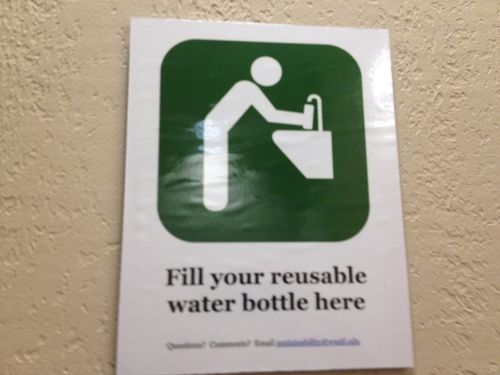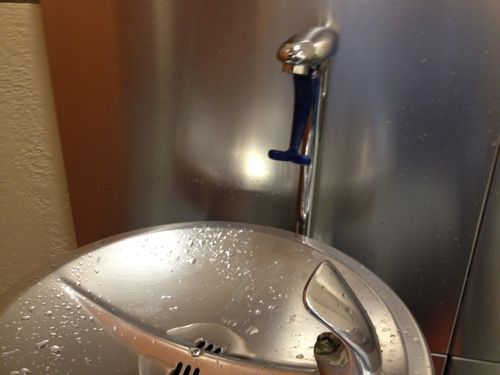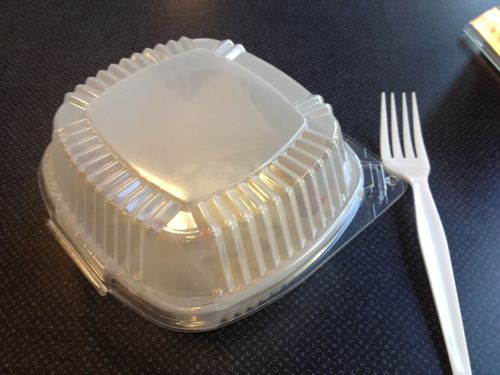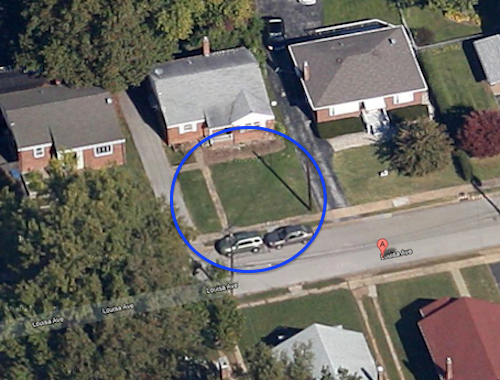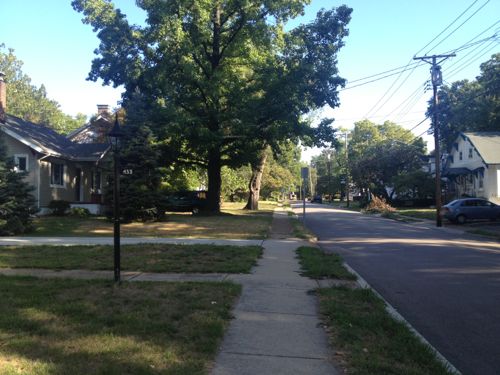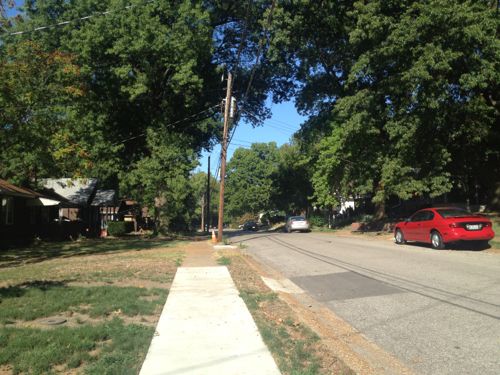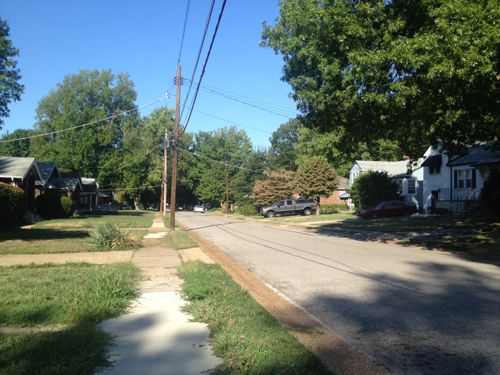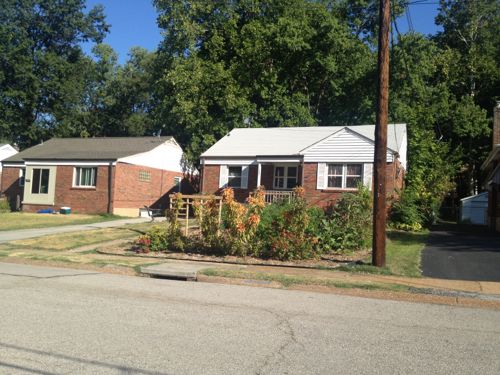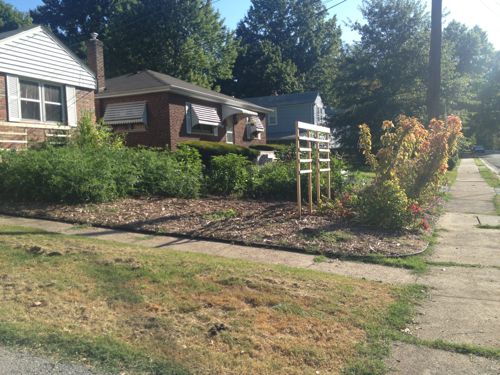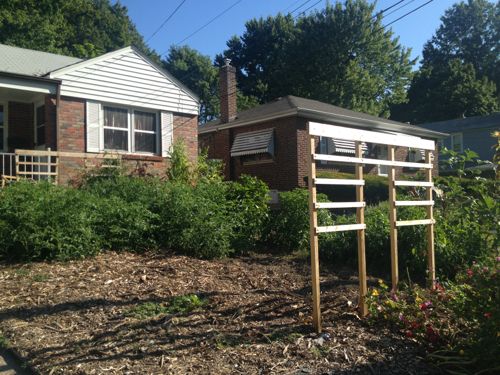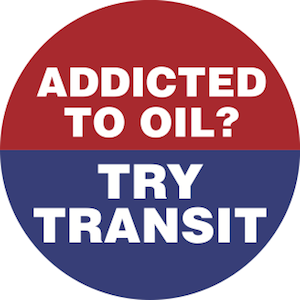St. Louis Should Follow Seattle’s Recycling Efforts
St. Louis needs to look at taking recycling to the next level, the way Seattle has done. Starting earlier this year restaurants in Seattle had to recycle — no more single-use packaging. This means use of items that can be composted.
The City hopes participation of the new ordinance will help prevent 6,000 tons of food service-ware and leftover food from entering landfills.
The compost process at Cedar Grove takes about eight weeks, depending on the time of year. From there, it sits a few weeks to darken before it can be sold as compost for use in gardens and landscaping. (source)
Seattle is the first to do this.
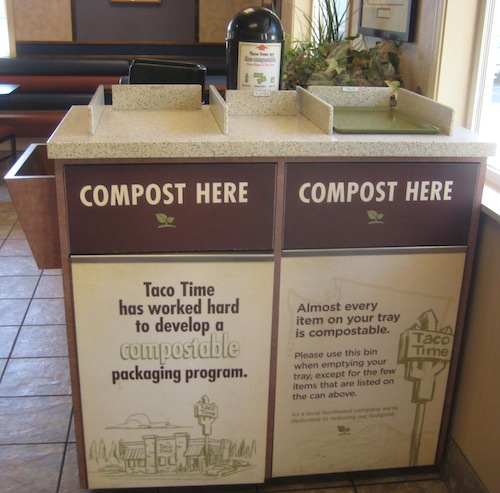
Photo by Richard Kenney, AIA
Some of you are now upset and having your right to produce waste infringed. As an equal member of society I shouldn’t be burdened by all the waste you produce. Just look at the amount of stuff you discard at a fast food place that goes into land fills.
From Seattle’s website:
Composting and recycling items that used to be considered waste starts July 1 at Seattle restaurants, coffee shops, food courts, cafeterias and other food service businesses in a major change driven by a new Seattle ordinance.
Customers can now put napkins, paper bags, wooden coffee stir sticks and many types of take-away containers into new in-store compost collection bins. Hot and cold beverage cups and lids will now go into recycling containers instead the trash.
Seattle’s ordinance, which requires all food service businesses to stop throwing away single-use food service ware and packaging, takes effect July 1.
“With our requirement that food service packaging must be compostable or recyclable, Seattle has taken a big step toward a zero waste future,” said City Councilmember Mike O’Brien. “You have to ask yourself why we should make stuff just to throw it away. With compostable and recyclable food containers, we’re closing the loop.”
“For the past year-and-a-half Seattle restaurant businesses and the City of Seattle have collaborated to make the new food packaging requirements work well for the industry, restaurant patrons and the environment,” said Timothy Croll, solid waste director for Seattle Public Utilities. “We hope that customers in coffee shops and quick-serve restaurants will take a moment at the end of their meals to learn the new system. After a few months, we expect it will be routine for everyone.”
“By offering their customers recycling and composting choices, Seattle restaurants will help prevent up to 6,000 tons of food service ware and leftover food from being sent to the landfill every year,” said Croll. “That’s the equivalent of a garbage train more than 100 cars long that will just disappear.”
Taco Time, a northwest chain of 70+ locations, has started implementing these guidelines at locations outside the City of Seattle. National chains that operate in St. Louis & Seattle, like Taco Bell & McDonald’s, must comply.
— Steve Patterson
http://atyourservice.seattle.gov/2010/06/30/seattle-restaurants-switch-to-composting-and-recycling/
